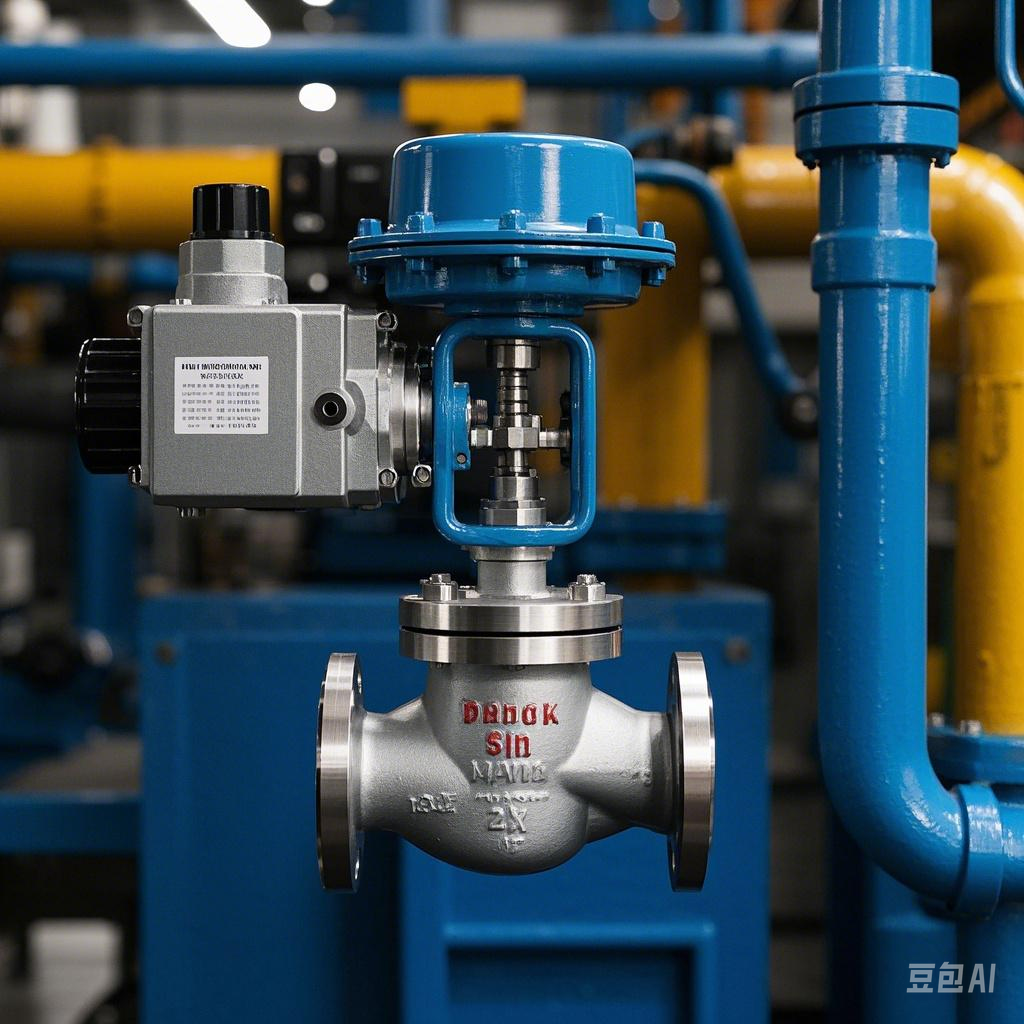In the highly automated industrial production line, every small change in parameters may affect the efficiency of the entire production process and product quality. At this point, the control valve, the industrial automation process “master regulator”, has become a key role in ensuring production stability and efficiency.
Control valves, also widely known as control valves, is an indispensable part of the industrial automation control system. It is like a smart “on command” of the executor, receiving control signals from the control unit, and then through the power operation, accurately adjust the pipeline medium flow, pressure, temperature or level and other key process parameters. Simply put, it is the realization of the process of precise control of the “last step”.
Control valves are usually composed of two parts: the actuator and the valve body. The actuator is to drive the valve action of the power source, while the valve is directly acting on the media “door”. According to the characteristics of the stroke, control valves can be divided into two kinds of straight stroke and angular stroke, which is like the door opening and closing, there is a straight line push and pull, there is a rotary opening.
Then look at the power source, control valve can be divided into pneumatic, electric and hydraulic three. Pneumatic control valves rely on compressed air as power, electric control valves are driven by electricity, while liquid control valves use liquid pressure to work. These three power methods have their own advantages, and can be flexibly selected according to different application scenarios and needs.
The functions and characteristics of control valves are also diverse. According to their control characteristics, they can be divided into linear characteristics, equal percentage characteristics and parabolic characteristics. These characteristics determine the valve’s ability to control the flow of media at different openings, so as to meet a variety of complex process control needs.
The application range of the control valve is very wide, whether it is common air, water, steam, or corrosive media, slurry, oil, etc., it can easily deal with. This makes the control valve in the petroleum, chemical, electric power, water treatment, food processing and many other industries play an irreplaceable role.
In short, control valves have become an indispensable part of the industrial automation field with their flexible and versatile control methods, wide range of applications and precise control capabilities. In the pursuit of efficient, accurate and intelligent industrial production process, control valve is undoubtedly every engineer’s trustworthy “control master”.
Control Valves: Masters of Flexible Regulation in Industrial Automation

Valve electric actuator: manual operation guide